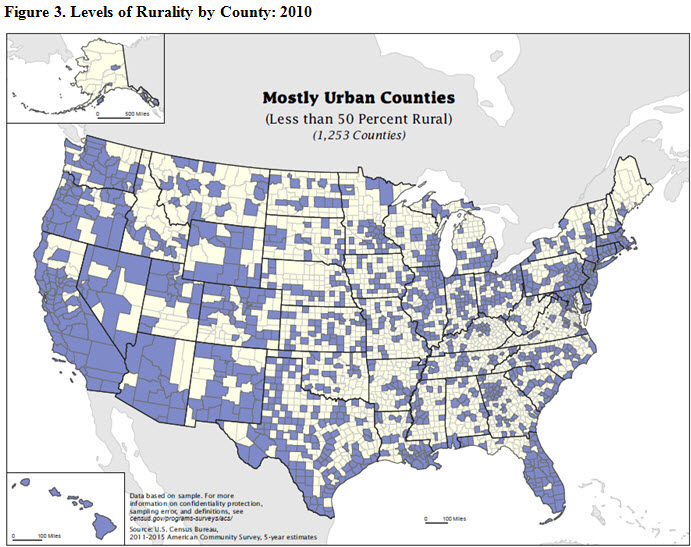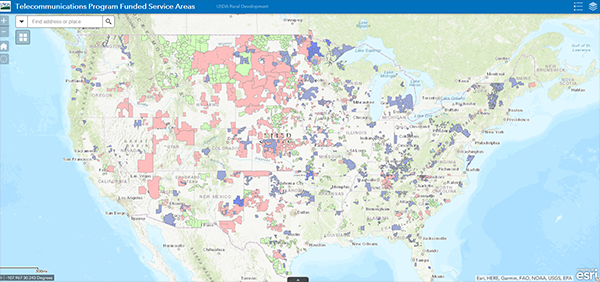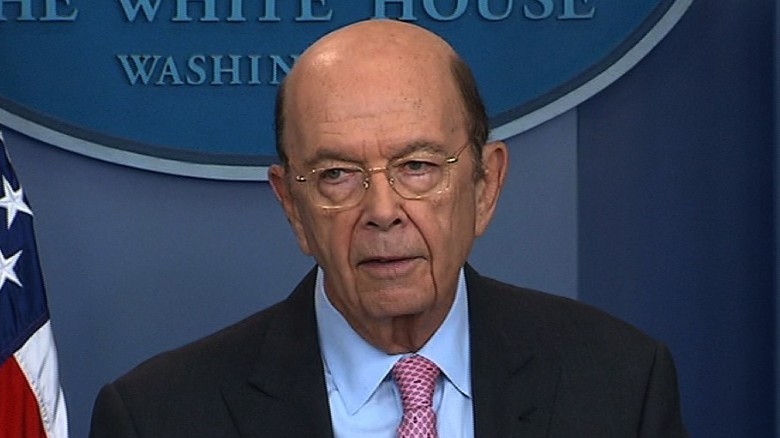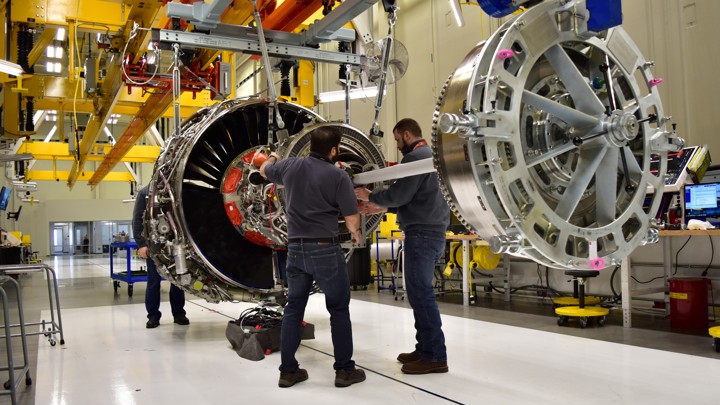Hello Everyone:
It is Tuesday and the Blogger Candidate Forum is stepping into the blogosphere for a Tuesday edition. Blogger has a previously scheduled appointment tomorrow so the Candidate Forum is putting in an appearance. Shall we talk about the tariffs and rural America?
 |
| Map of rural America census.gov |
Mr. Donald Trump's trade war with China is being sharply felt in rural America and the manufacturing sector. Although most Americans have not yet experienced the impact of tariffs imposed by his administration last year (cnn.com; Feb. 11, 2019; date accessed May 21, 2019), most of which affect manufactured goods rather than consumer goods, the places feeling the immediate impact are the American heartland and has resulted in a lot of expensive and unintended consequences
Many of the farmers supported the president during his campaign because of his pledge to successfully challenge the United States' top competitor, the People's Republic of China. That was then and now, the people who grow the food we eat and make the parts that go into refrigerators are increasingly anxious about the threat of renewed retaliatory measures (Ibid; Mar. 20, 2019).
Retailers such as Walmart and Macy's announced that they may have to raise their prices if the president follows through on his threat to expand tariffs to include everything else (i.e. consumer goods) that China exports to the U.S. (Ibid; May 16, 2019)
/cdn.vox-cdn.com/uploads/chorus_image/image/63864813/huawei_p30pro_vladsavov19_12.0.jpg) |
| Huawei phone theverge.com |
Carri Bennett, the general counsel for the Rural Wireless Association the trade group representing rural telecom companies, told CNN,
Farmers, ranchers, small businesses in rural America, the people who support those businesses in rural America--your teachers, all that,.... Our members are in small, little communities mainly of under 10,000 people... It doesn't help them. It ends up hurting them. (Ibid; May 19, 2019)
 |
| Map of U.S. telecom data points rd.usda.gov |
This past Wednesday, the president signed an executive order prohibiting the use of telecommunication equipment considered a national security. Although the order did not specifically single out Huawei or China by name, the implication was clear. The Department of Commerce quickly moved to place the company on its blacklist minutes after the president signed the order, for all intents and purposes, ensuring that Huawei was covered by the new rules.
 |
| Secretary of Commerce Wilbur Ross cnn.com |
According to Ms. Bennet, placing Huawei on the Commerce Department blacklist, , it "could still leave those carriers stuck with aging infrastructure that can't be replaced if it malfunction, degrades, or is destroyed by the weather,..." (Ibid). She said, You wouldn't be able to make a 911 call if the network is down, especially in rural areas where the bigger carriers do not offer services.
Complications surrounded the ill-considered executive order reflect precisely how a number of Trump initiatives have produced unintended consequences. Farmers are already struggling to adapt to Chinese tariffs on U.S. grown soybeans, corn, and wheat. The irony is farmers helped elect the president. John Wesley Boyd Jr., a Virginia-based soybean farmer told Brianna Keiler of CNN,
Farmers were [Trump's] base,... They helped elect this President... and now he's turning his back on America's farmers when we need him the most (Ibid).
The president offered subsidies last year and declared that he would expand those payment to assist farmers until some sort of deal is worked out. It is not just farmers and ranchers that are feeling the affect of the president's escalations.
 |
| Scenes from American manufacturing theatlantic.com |
"About 2.1 million workers in aircraft manufacturing, beer brewing, tobacco and dozens of other industries stand to be affect by the trade war, according to an April study by the Brookings Institution" (Ibid). The study concluded that the impact would be evenly felt between red and blue states. However, a similar study conducted by Axios published a week ago, concluded that the president's escalations could affect more than five times as many workers (Ibid). The hardest hit regions will be industries in rural, deeply red already-struggling parts of the country, "including miners in Texas, furniture makers in North Carolina and sawmills in Alabama" (Ibid).
The tech industry is also at risk, The Consumer Technology Association estimates that "as many as 1 million jobs are at risk due to the trade war in states such as Texas, Florida and Pennsylvania" (Ibid). Further, the CTA said that "the trade war has forced US businesses to pay nearly $750 million in tariffs for products relate to 5G, the mobile data technology the US says is key to economic development" (Ibid).
This means American businesses are paying for increasing infrastructure while the president prepares to meet with Democratic lawmakers to discuss funding for a $2 trillion infrastructure proposal. This should be good.
No comments:
Post a Comment